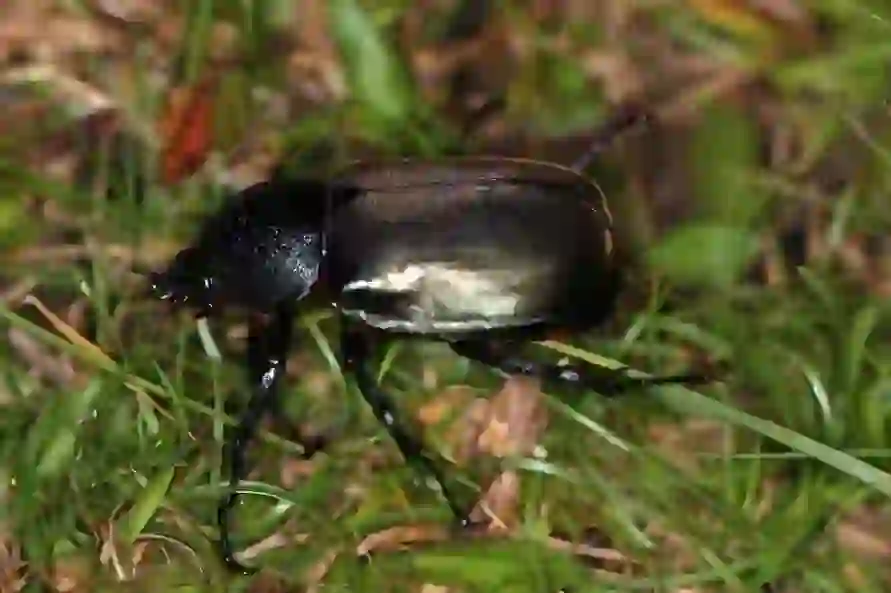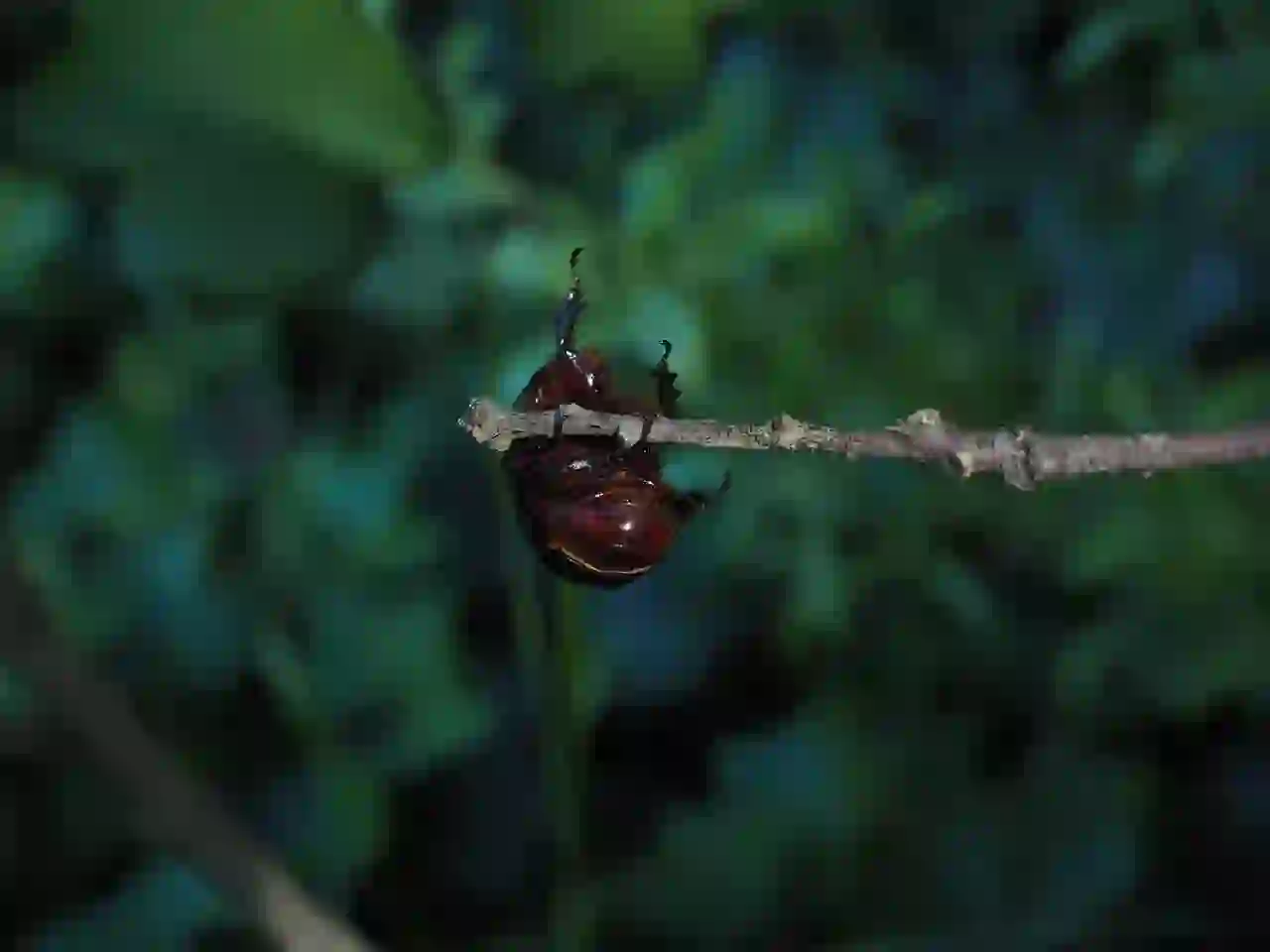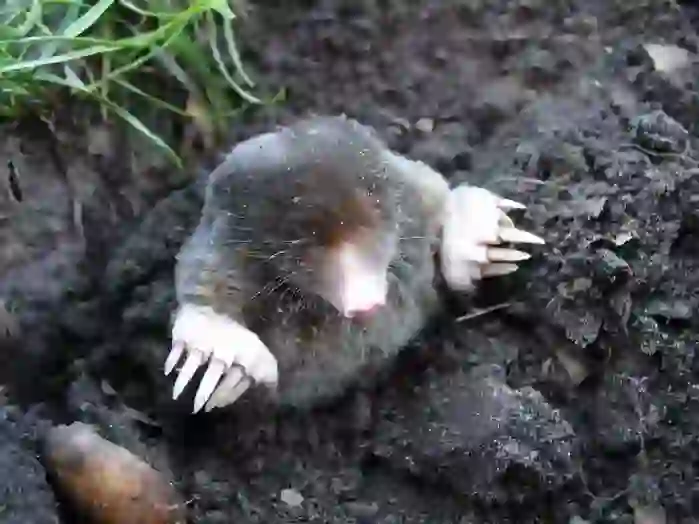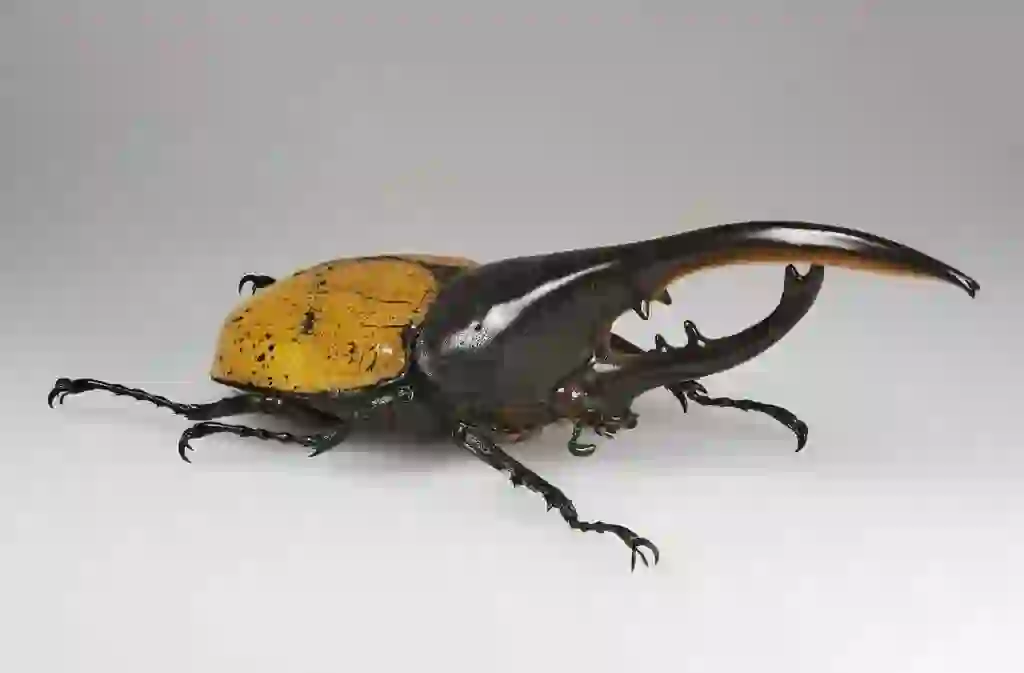
Rhinoceros Beetle
Rhinoceros Beetle
Rhinoceros Beetle
The Rhinoceros Beetle is an insect that can be found in deciduous forests during the summer. Popular among both adults and children, many people wake up early in the morning to go collecting. With its black and magnificent horn, finding one can be quite exciting. Let's take a closer look at the ecology of the Rhinoceros Beetle!
Rhinoceros Beetle Basic Infomation

Phylum: Arthropoda, Class: Insecta, Family: Scarabaeidae, Subfamily: Dynastinae, Tribe: Dynastini
Body length: about 30 - 53 mm (excluding the horn of the male) Weight: approximately 3-9 grams
Rhinoceros beetles inhabit cool deciduous forests.
They are often found on oak trees like Quercus serrata and Quercus variabilis, living off the sap of these trees.
They are not usually seen during the day but become active at night.
There are known to be over 1,000 species of rhinoceros beetles, most of which live in the jungles of Southeast Asia and Central and South America.
The males of rhinoceros beetles are characterized by their large horns, and the number, shape, and size of these horns vary by species.
There are also male rhinoceros beetles without horns.
Adults and larvae of rhinoceros beetles have completely different appearances.
Rhinoceros Beetle Q&A

What is the origin of the Rhinoceros Beetle's name?
The Rhinoceros Beetle is named for its large, distinctive horns that resemble those of a rhinoceros. The beetle uses these horns in combat with other males during the mating season, much like rhinoceroses.

Why does the Rhinoceros Beetle live there?
Rhinoceros Beetles prefer to live in deciduous forests with abundant trees such as oak, where they can feed on tree sap and decomposing organic material. These environments provide the necessary food resources and ideal conditions for breeding.

What does the Rhinoceros Beetle eat?
Adult Rhinoceros Beetles primarily feed on sap, fruit, and nectar. They are particularly fond of sap from oak trees. The larvae consume decaying wood and plant material, which helps them grow until they metamorphose into adults.

How do Rhinoceros Beetles reproduce?
Rhinoceros Beetles reproduce by laying eggs in the soil or in decomposing wood. The female lays eggs after mating, and the larvae that hatch are known as grubs. These grubs live underground or inside decaying wood where they feed and grow until they are ready to pupate and eventually emerge as adults.

Are Rhinoceros Beetles strong?
Yes, Rhinoceros Beetles are known for their remarkable strength. They can lift objects up to 850 times their body weight, making them one of the strongest creatures relative to their size.

Can Rhinoceros Beetles fly?
Yes, despite their bulky body and large size, Rhinoceros Beetles are capable of flight. They have wings under their hard outer wing covers (elytra) that they use to fly, primarily at night.

How long do Rhinoceros Beetles live?
Rhinoceros Beetles can live for several months to a year as adults, depending on the species. Including their larval stage, their entire lifespan can last up to 2-3 years.

Are Rhinoceros Beetles endangered?
Some species of Rhinoceros Beetles are considered vulnerable or endangered due to habitat loss and excessive collection for pet trade. Conservation efforts are crucial to ensuring their survival.

Would you like to become a part of the 'Animalbook.jp'?
Turn your knowledge into Q&A and share it with the world. ※Publication will be activated after purchase. Let's share information together!
Rhinoceros Beetle Type of List

- Rhinoceros Beetle
- Taiwanese Rhinoceros Beetle
- Small Rhinoceros Beetle
- Black Gem Beetle
- Hercules Giant Horn Beetle
- Rhinoceros Beetle
- Five-horned Rhinoceros Beetle
- Actaeon Giant Beetle
- Neptune Giant Beetle
- Saw-jawed Rhinoceros Beetle
- Caucasian Giant Beetle
- Centaurs Giant Beetle
- Elephant Beetle
- Atlas Giant Beetle
Information
Congratulations! You are the first commenter!

Create Your Favorite List!
Rhinoceros Beetle
Save the animals you love! Build your own list to quickly revisit your favorites later.

Would you like to leave a comment?
※Please note: This is for the purchase of rights to post comments within the article.
Find Your Favorites!
Our shop offers a unique and attractive selection of goods themed around various animals.
Rhinoceros Beetle References

- ・カブトムシ・クワガタムシ 2016年6月第1版 株式会社ポプラ社
- ・カブトムシ・クワガタムシ・ゲンゴロウ・タガメ・ヤゴ 2004年4月 第6版 株式会社ポプラ社
- ・カブトムシとクワガタ 平成26年7月31日発酵 株式会社主婦の友社
- ・カブトムシ 2005年6月新装版第二刷 株式会社あかね書房
- ・Wikipedia https://ja.wikipedia.org/wiki/カブトムシ
- ・株式会社エコリス https://www.ecoris.co.jp/technical/tec_etec/etec055.html#:~:text=名前の由来,かっちゅう)そのものですよね。
- ・語源由来辞典 https://gogen-yurai.jp/kabutomushi/
- ・ビートランド https://blog.beetland.store/diary/184/#:~:text=ヘラクレスオオカブトは「カブトムシの,大きなボディがその魅力。&text=オスの体長は大きな,大きさになります。
- ・ケンスケの休日を楽しく過ごすブログ https://enjoyholiday.site/beetle-trivia/
Rhinoceros Beetle Introduction of media used

出典:https://pixabay.com/images/id-195883/

出典:https://pixabay.com/images/id-195903/

出典:https://pixabay.com/images/id-2106001/

出典:https://pixabay.com/images/id-1521647/

出典:https://pixabay.com/images/id-4163323/

出典:https://pixabay.com/images/id-6699212

出典:https://pixabay.com/images/id-828323/

enemy
出典:https://pixabay.com/images/id-13299/

enemy
出典:https://pixabay.com/images/id-4306097/

出典:https://pixabay.com/images/id-196721/

出典:https://pixabay.com/images/id-195905/

similar
出典:https://pixabay.com/images/id-7571856/

出典:https://pixabay.com/images/id-1521634/

Help Enrich Our Animalbook.jp with Your Media!
We are constantly looking to expand and enrich our Animalbook.jp with amazing photos and videos of animals. If you have any media that you'd like to share, please contribute and help us showcase the beauty and diversity of the animal kingdom. Your submissions will be credited and featured in our encyclopedia, reaching a wide audience of animal lovers.




















